Discover the magic of Socca. It's a quick and easy chickpea flour flatbread that's naturally gluten-free, high in protein, and 100% plant-based. This versatile recipe is perfect as a healthy pizza base, a wrap for falafels, a dipper for curries, or even as a taco shell. Whether you're after a nutritious side or a satisfying main, this simple Socca flatbread has you covered.
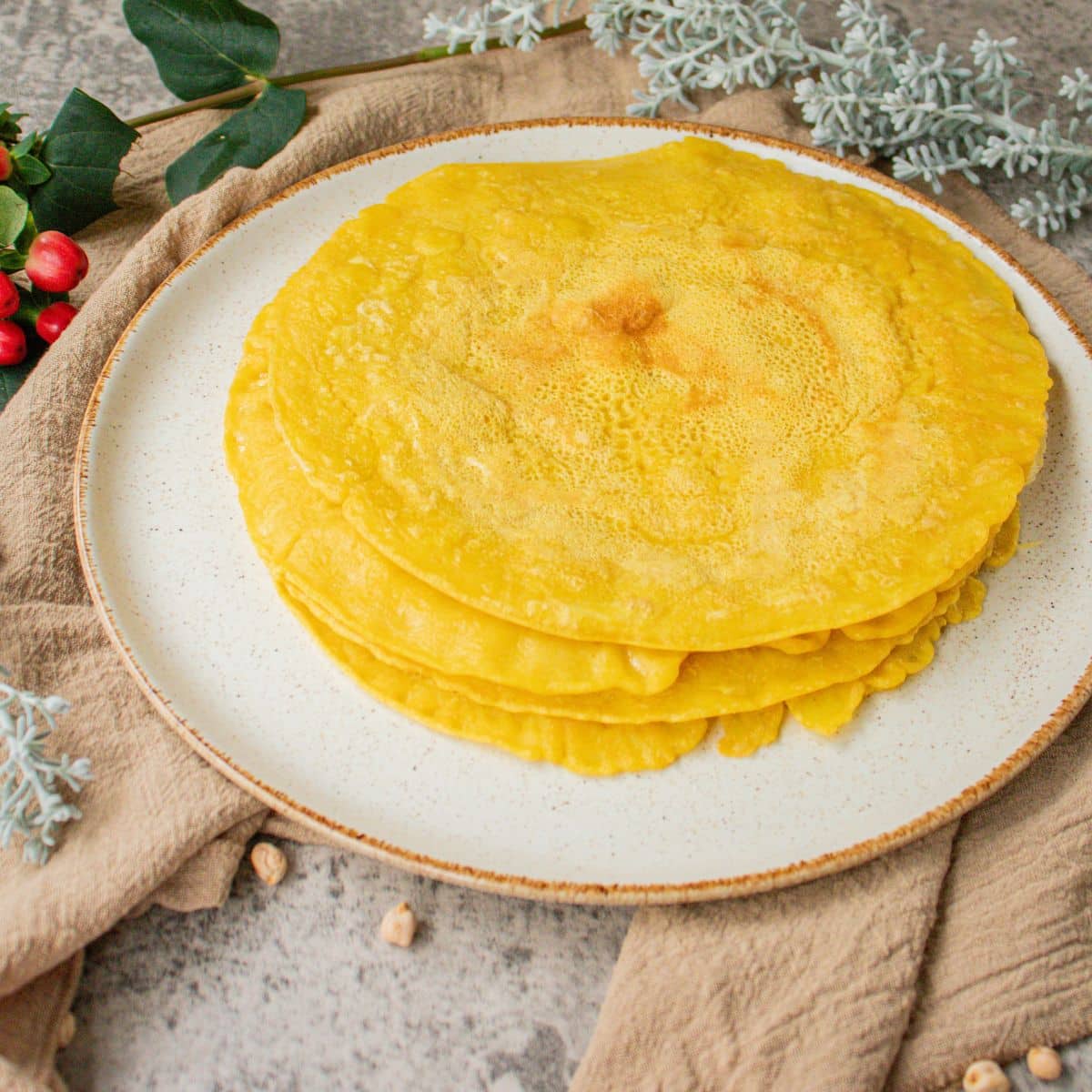
Index
Jump to:
- Your New Go-To Flatbread
- What Is Socca?
- A Brief History of Socca
- The Origins of Socca
- Ingredients to Make Chickpea Socca Flatbread
- What Is Chickpea Flour?
- Chickpea Flour vs. Besan: What's the Difference?
- How to Make Socca Flatbread
- What to Serve with Socca
- Socca Recipe Variations & Flavor Ideas
- How to Store Chickpea Socca Flatbread
- More recipe ideas
- Let us know what you think
- 📋 Recipe
Your New Go-To Flatbread
In this post, you'll learn everything you need to master this deliciously versatile chickpea socca flatbread at home. I've added a simple twist to the classic recipe by incorporating aromatic spices that bring out even more flavor.
Perfect for any time of day, whether as a wrap, dipper, or pizza base, this chickpea flour flatbread is easy to remember and even easier to love. Make it once, and it might just earn a permanent place in your weekly rotation!
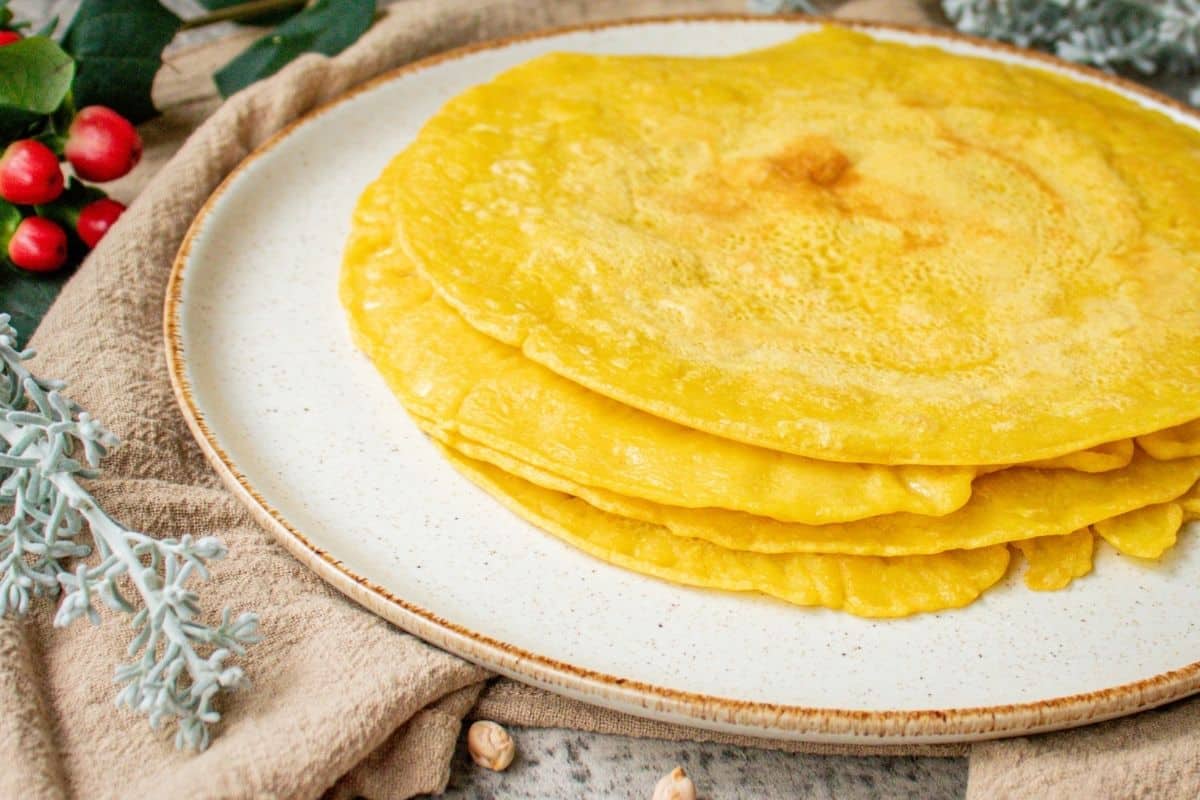
What Is Socca?
Socca is a traditional chickpea flour flatbread from Nice, France, and the nearby Italian Riviera. Made simply with chickpea flour, water, olive oil, and a pinch of salt, this rustic street food is cooked quickly at high heat to create a crisp-edged, savory pancake.
Light, satisfying, and naturally gluten-free, socca is beloved for its simplicity and versatility. Whether enjoyed plain, with herbs, or topped with vegetables, it's a nourishing dish that pairs beautifully with almost any meal.
A Brief History of Socca
Legend traces socca's origins back to 1543 during a Turkish siege on Nice. According to local folklore, when the Niçois ran out of ammunition, they poured hot chickpea batter mixed with oil onto the invaders below. The story goes that, after the attack was repelled, the defenders tasted the scorched remains and discovered something delicious.
While its mythical beginnings may be debated, socca became a staple of Niçois cuisine by the early 20th century. Market vendors and food carts sold the flatbread fresh off griddles to fishermen and laborers, making it one of the region's first portable, affordable fast foods.
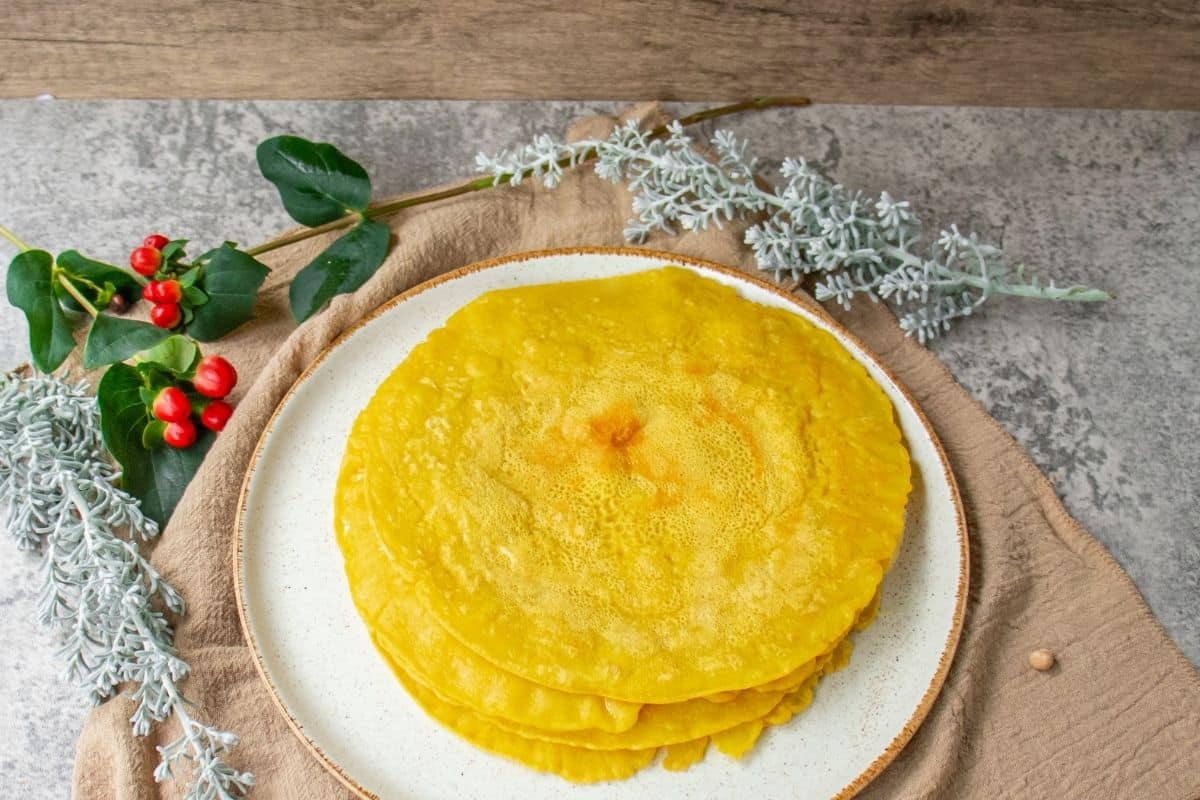
The Origins of Socca
The origins of socca are widely debated, with different regions laying claim to this humble chickpea flatbread. In Genoa, Italy, it's known as farinata, often served as a savory alternative to focaccia. In Marseille, France, a variation called panisse sets the batter before slicing and frying it into golden pieces.
Similar recipes can be found across the Mediterranean and beyond, from Sardinia and Gibraltar to Algeria and even Argentina. In India, a related dish called pudla uses chickpea flour with spices and herbs, pan-fried into savory pancakes.
The most likely explanation? These were all bustling port cities where traders, travelers, and cooks shared simple, hearty recipes that adapted to local tastes. Socca is a perfect example of how one core ingredient - chickpea flour can take on new life across cultures and cuisines.
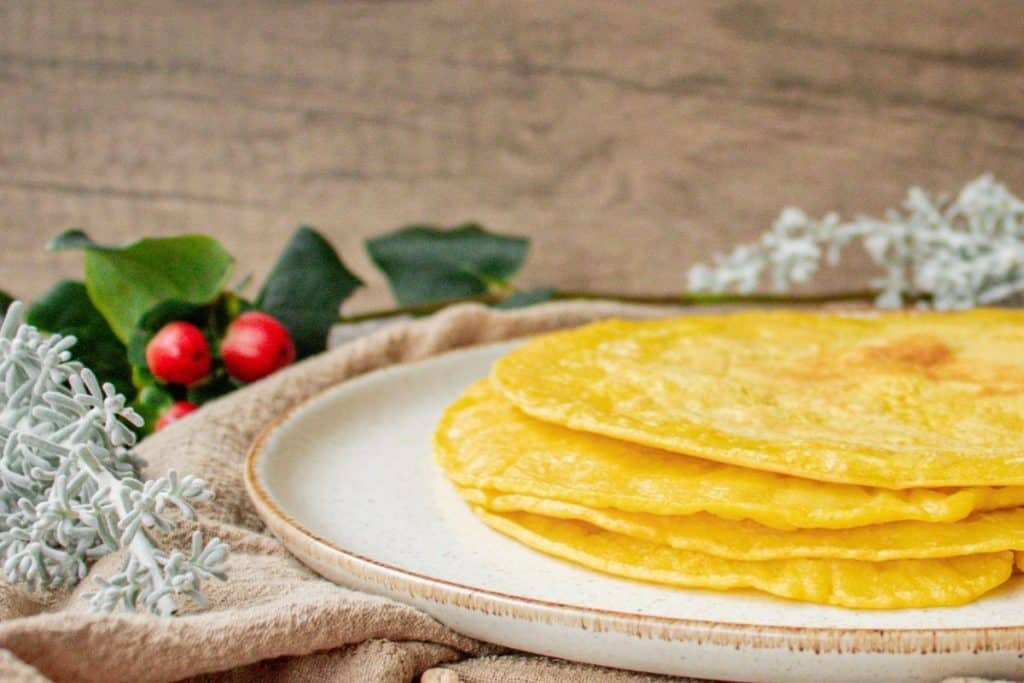
Ingredients to Make Chickpea Socca Flatbread
One of the best things about socca is its simplicity; you only need three main ingredients to make the classic version:
- Chickpea flour (garbanzo bean flour)
- Water
- Olive oil
That's it! From there, you can customize it endlessly with spices or add-ins to suit your taste.
What Is Chickpea Flour?
Chickpea flour is made from ground white chickpeas and is naturally gluten-free, high in protein, and rich in fiber. It has a slightly nutty, earthy flavor and creates a beautifully crisp edge when baked or pan-fried.
Since chickpea flour lacks gluten, it absorbs water differently from wheat flour it needs resting time for the batter to hydrate properly, which improves texture and consistency when cooking.
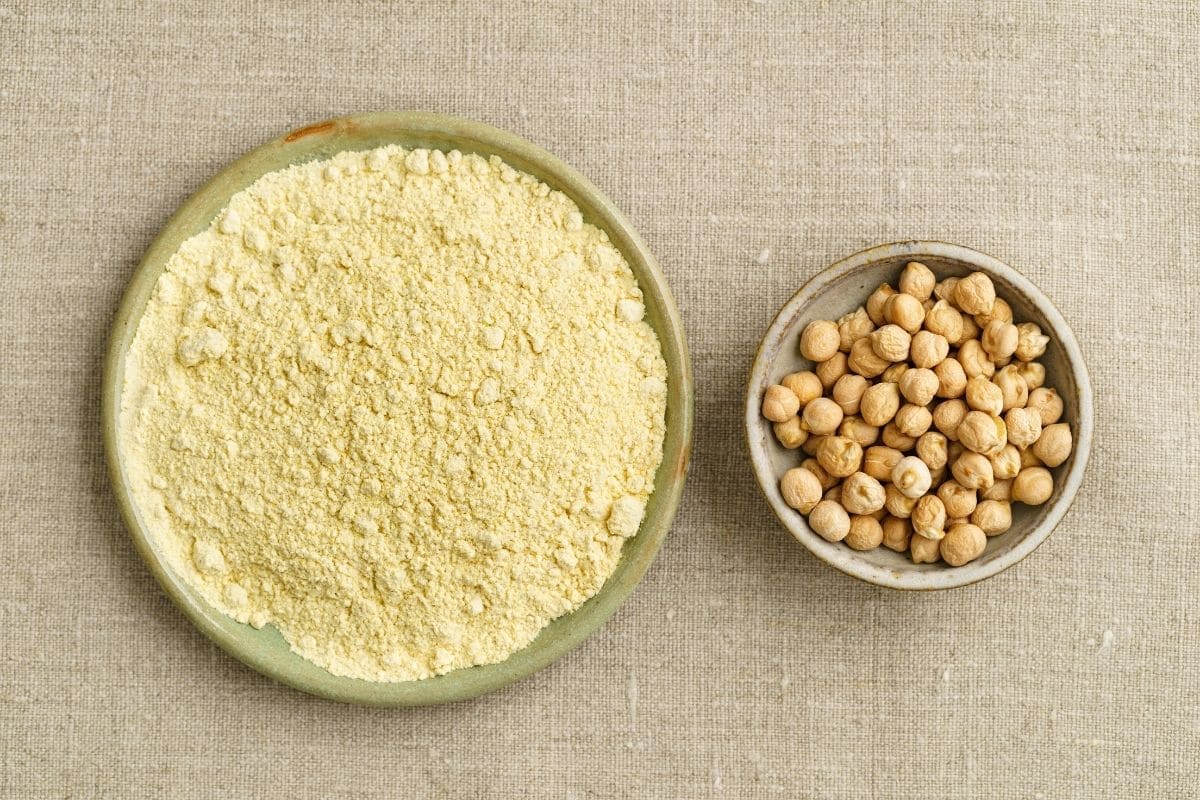
Chickpea Flour vs. Besan: What's the Difference?
Though often used interchangeably, chickpea flour and besan are not quite the same:
- Chickpea flour (also called garbanzo flour) is made from white chickpeas. It has a coarser texture and typically requires more water in recipes.
- Besan (gram flour) is made from split brown chickpeas (chana dal). It's finer in texture and absorbs less water, which can affect the results when baking or frying.
Tip: If you're substituting one for the other, adjust the liquid accordingly for best results.
How to Make Socca Flatbread
Scroll down to follow the step-by-step instructions with photos below.
For best results:
- Let the batter rest for at least 30 minutes (or overnight in the fridge).
- Stir or shake well before cooking.
What to Serve with Socca
Socca is incredibly versatile! You can enjoy it on its own or pair it with just about anything:
- Serve warm with hummus, olives, and dips as an easy appetizer.
- Top with caramelized onions, greens, or sautéed mushrooms for a light meal.
- Use it as a gluten-free pizza base with your favorite toppings.
- Wrap it around falafels, grilled veggies, or salad for a nutritious lunch.
- Replace toast on a plant-based breakfast plate.
- Tear and dip it into curries, dals, or hearty stews.
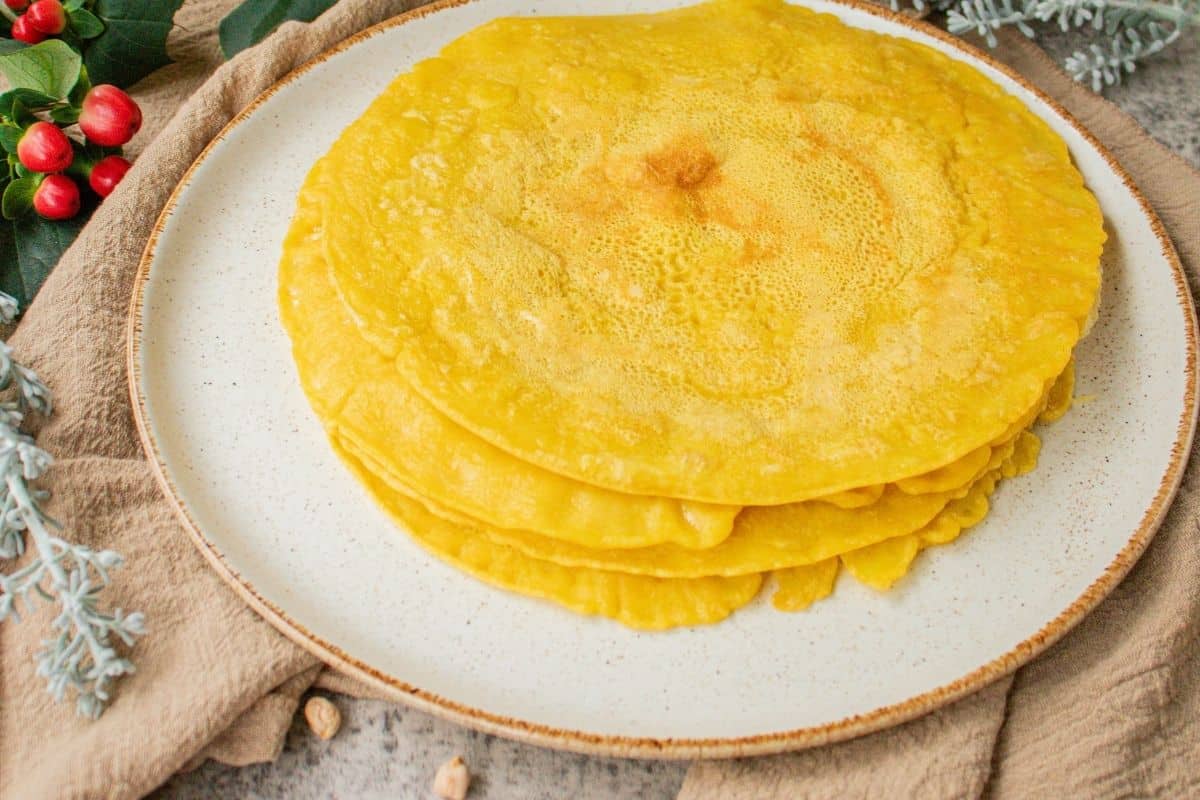
Socca Recipe Variations & Flavor Ideas
Socca's neutral, earthy flavor is a perfect canvas for creativity. Here are some delicious ways to switch it up:
Spice Blends:
- Curry powder
- Cumin
- Smoked paprika
- Garam masala
- Chinese five-spice
Recipe Uses:
- As a socca pizza base
- For soft taco shells or wraps
- Cut into wedges for a mezze platter
- Served as savory breakfast pancakes
Optional Add-ins:
- Rice flour - for added flexibility and softness
- Turmeric - for color and subtle flavor
- Baking powder - for a slightly fluffier texture
Sweet Socca Twist:
Turn socca into a sweet treat with:
- Cacao powder
- Cinnamon
- Vanilla
- Maple syrup

How to Store Chickpea Socca Flatbread
For the best flavor and texture, socca is best enjoyed fresh off the pan. However, if you're planning ahead, here are two storage options:
Store the Batter (Recommended):
Instead of storing cooked flatbread, refrigerate the uncooked socca batter.
- Storage time: Up to 2 days in an airtight container
- Tip: Give it a good stir or shake before cooking, as separation may occur.
Store Cooked Socca:
If you've already made a batch, you can store cooked socca as well.
Reheating: Warm it in a skillet or oven for a few minutes to revive the texture before serving.
Storage time: Up to 2 days in the fridge
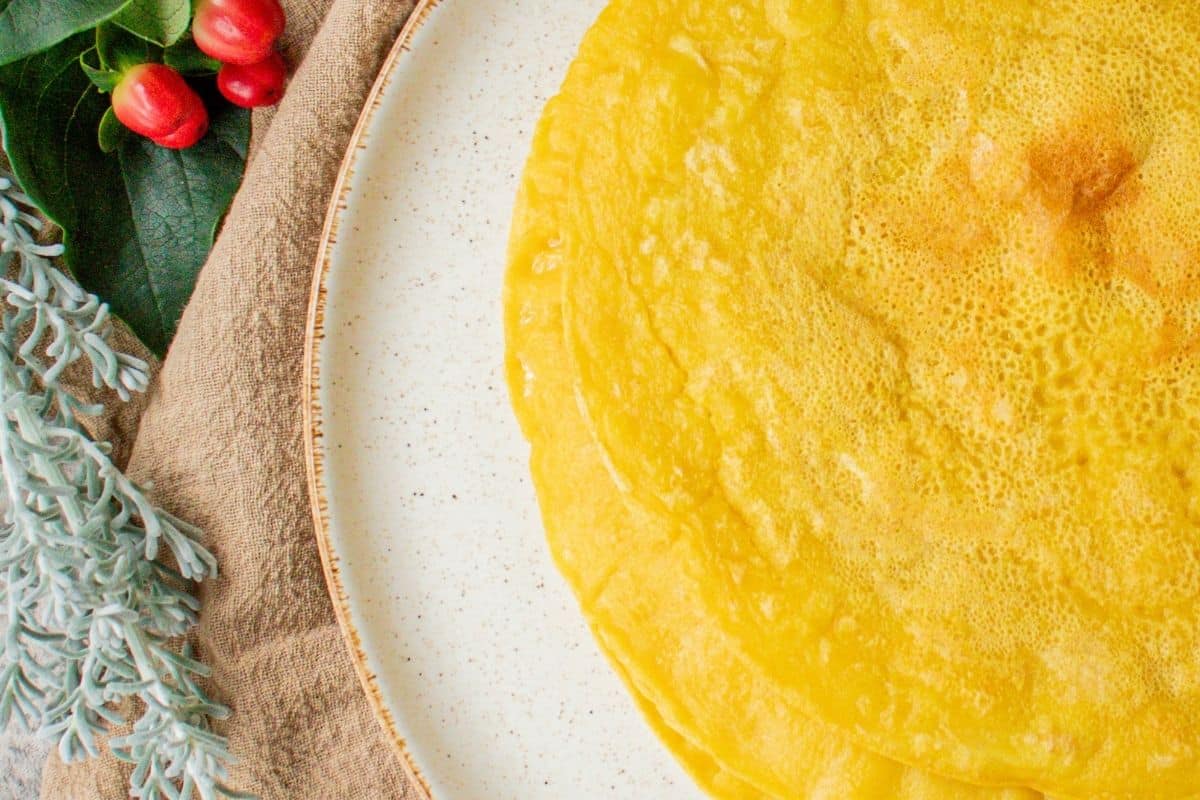
More recipe ideas
- Red Lentil Flatbread
- Chickpea Breakfast Pancakes
- Thai Red Curry
- Almond Flour Flatbreads
- Coconut Tortilla Breads
- Chickpea Tofu
- Chickpea Recipes for Strength
Let us know what you think
If you made this recipe and enjoyed it, or did anything differently - we would love to hear from you down below in the comments 👇
You can also find us and let us know on Instagram, Pinterest, and Facebook 🌿
📋 Recipe







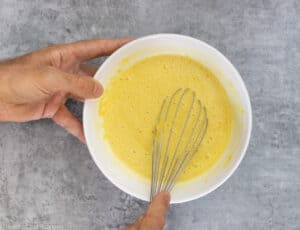


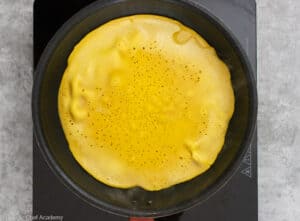
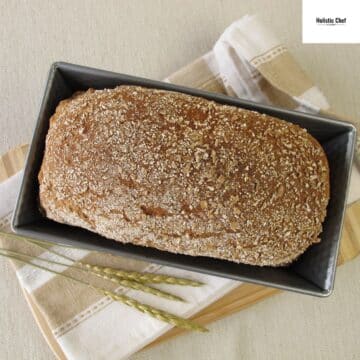


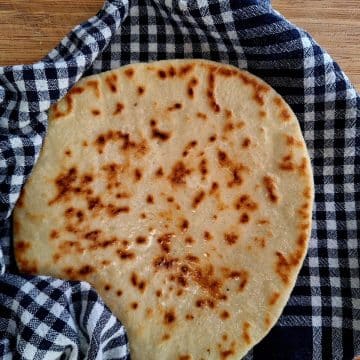
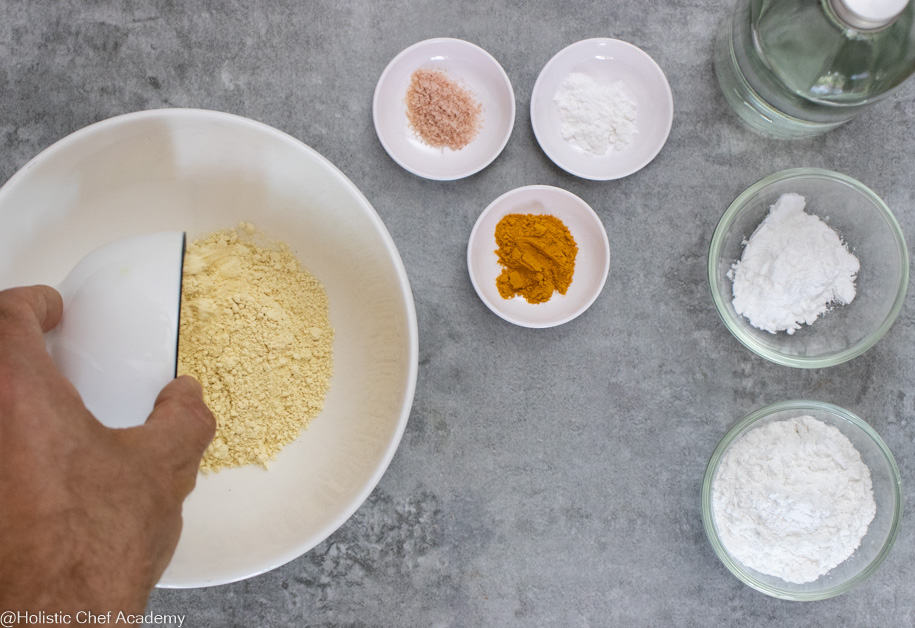
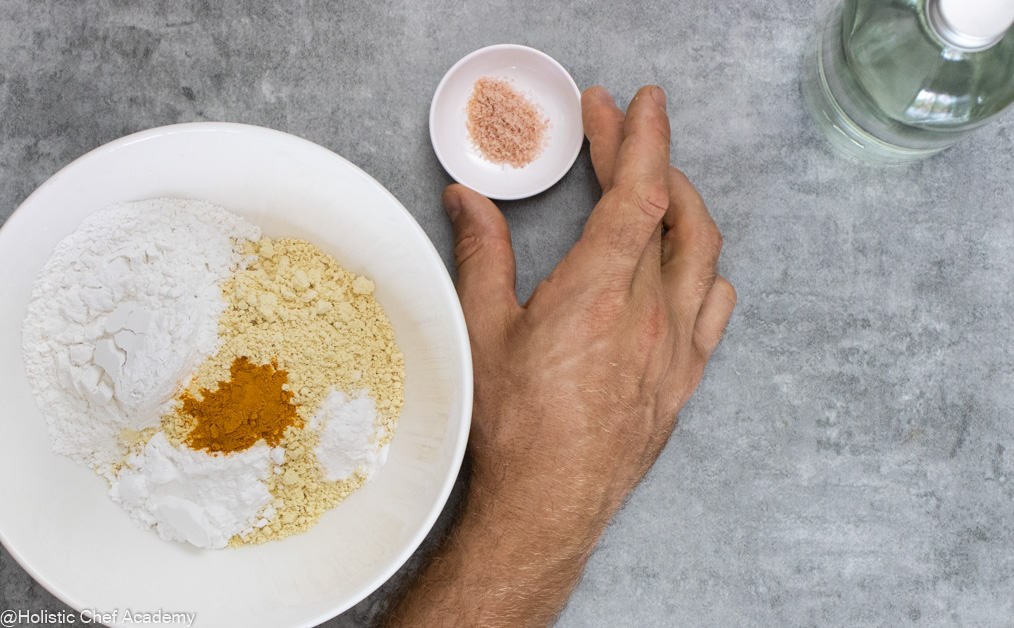

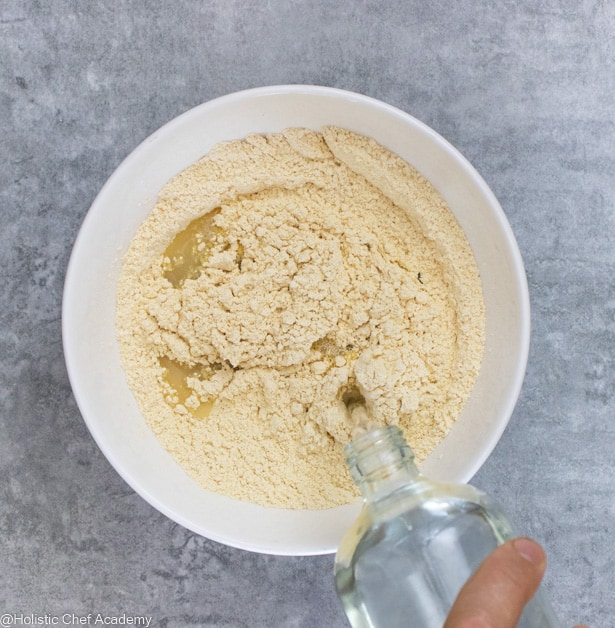
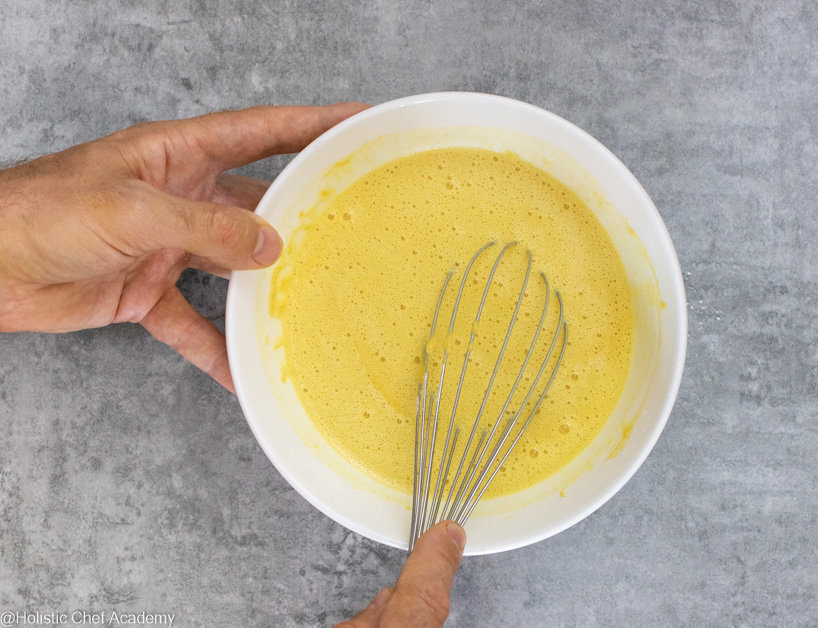
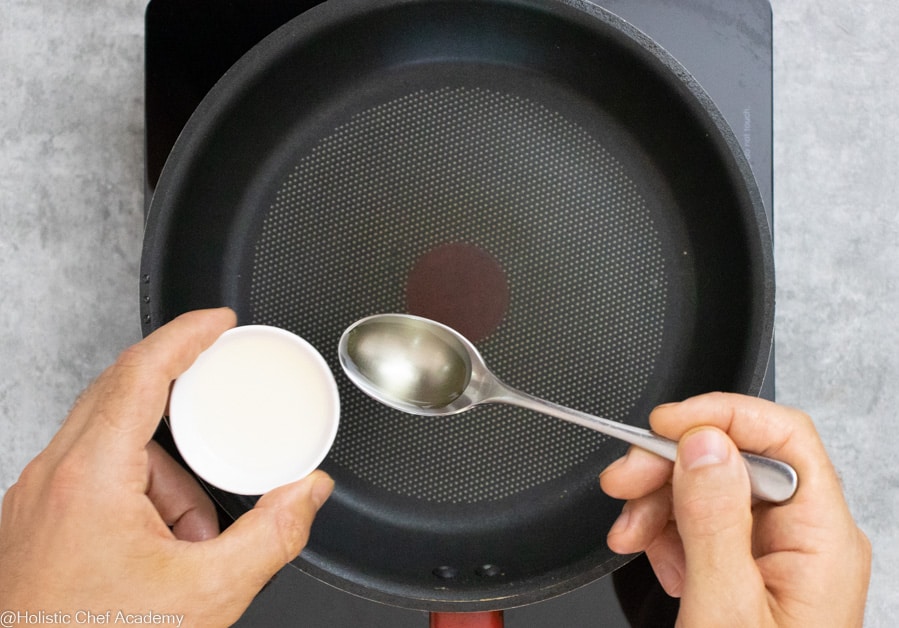
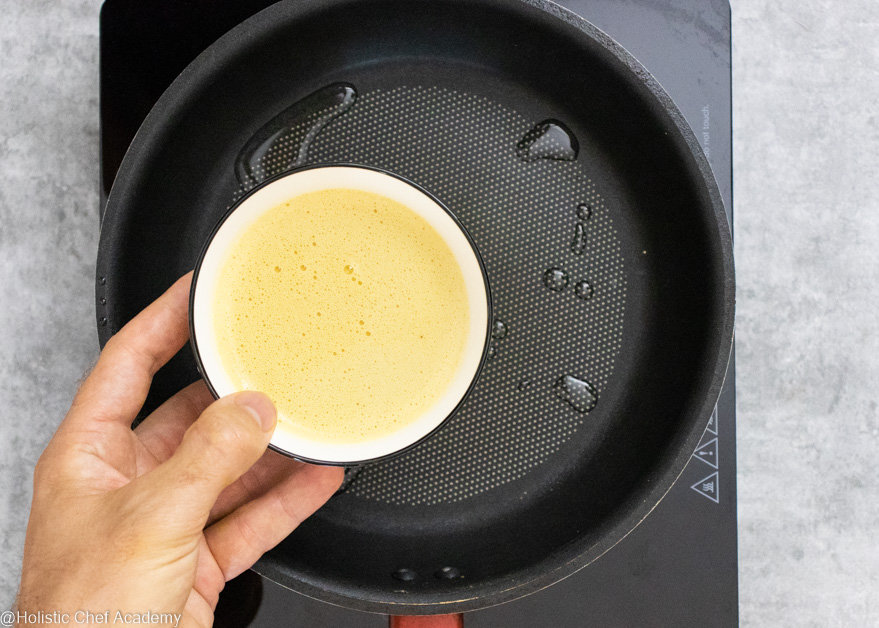
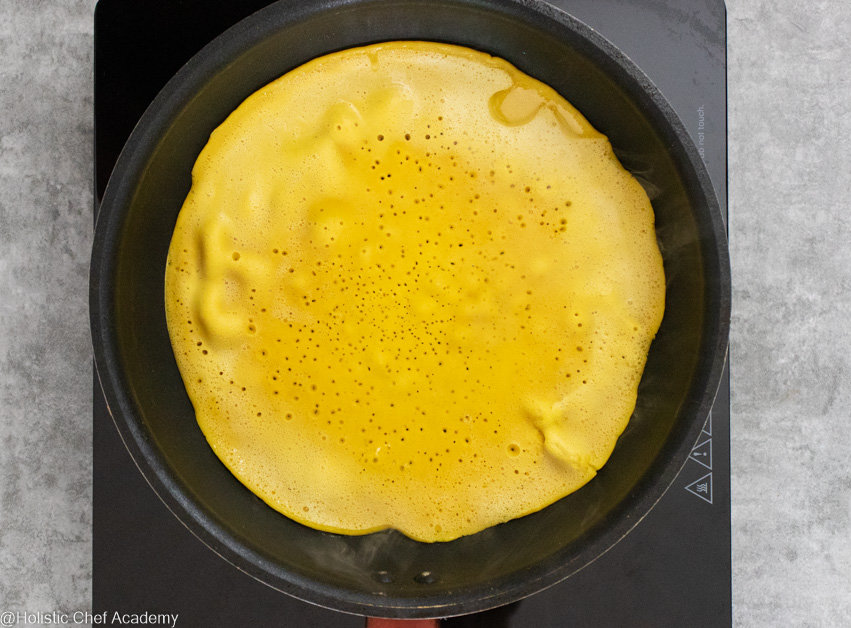
BREDA says
Will definitely make these.
Cori says
Excellent recipe!